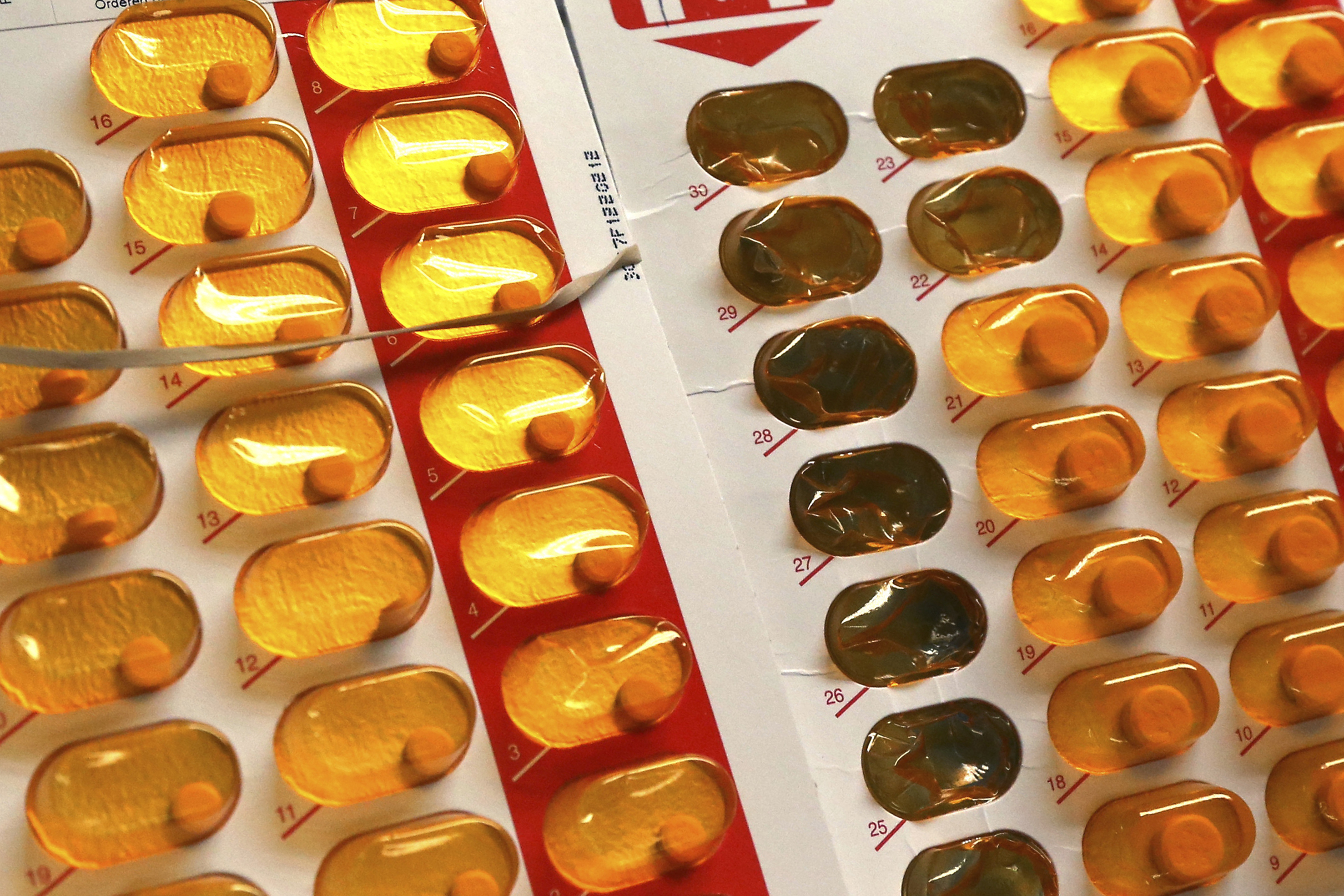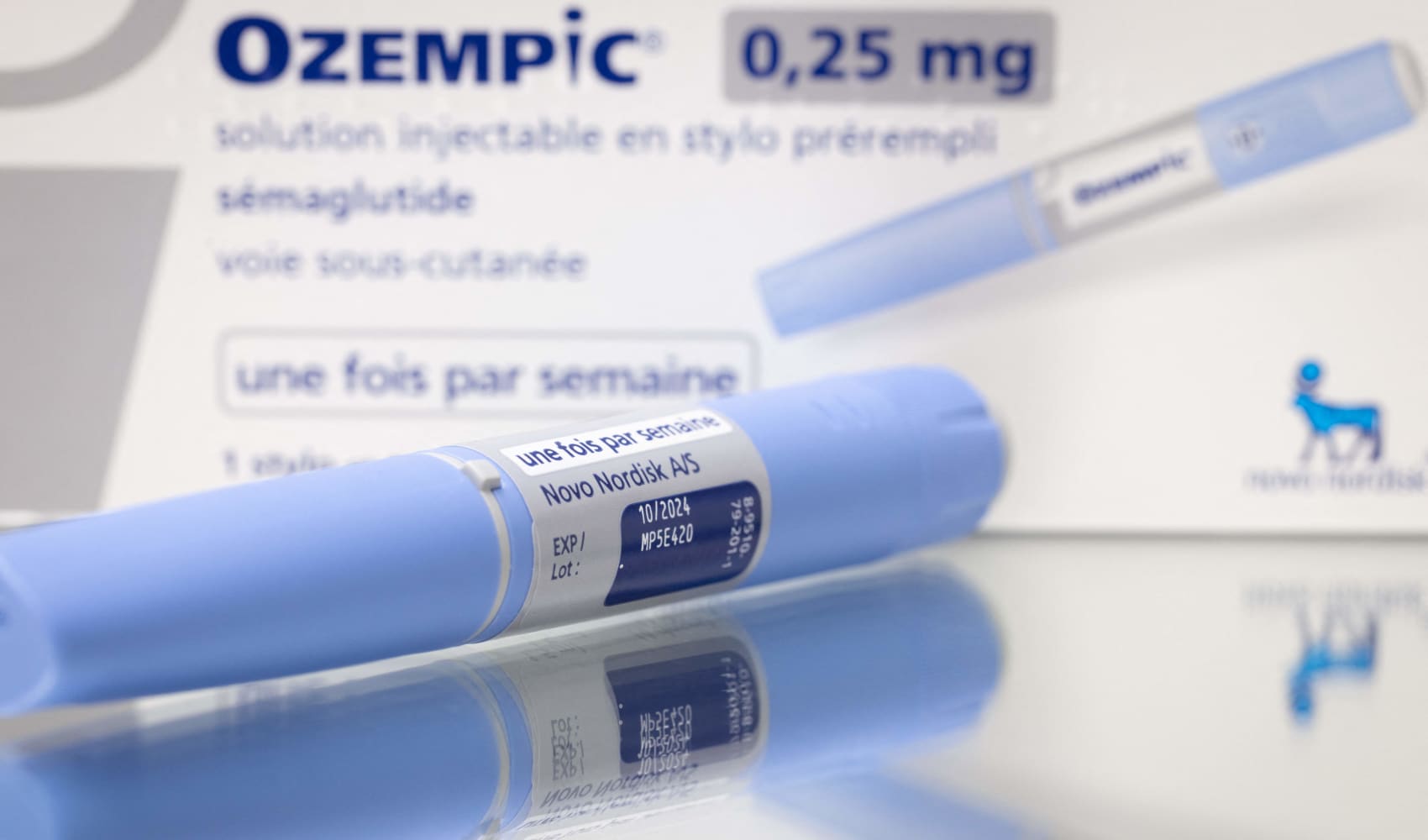A first-of-its kind experiment is giving hope to stroke patients with paralysis.
Heather Rendulic could barely move her left hand and arm after she had a stroke.
"I always tell people that I live one-handed in a two-handed world, and you don't realize how many things that you need two hands for or until you only have one good one,” she said. "I honestly had no hope of, you know, any improvement."
She decided to volunteer for a study made possible with funding by the National Institutes of Health.
We're making it easier for you to find stories that matter with our new newsletter — The 4Front. Sign up here and get news that is important for you to your inbox.
Researchers implanted a device that zaps her spinal cord, helping brain signals reach the nerve cells that move her hand and arm.
“As soon as the stimulation turned on, they are immediately able to to do things they couldn't do before,” said University of Pittsburgh assistant professor Marco Capogrosso, who led the study.
Rendulic said she didn’t know what to expect on her first day in the lab.
Health
“They had me open and close my hands, and I was doing it in a way that I hadn't done since my stroke. And we all were in tears, crying, and it was just a really powerful moment, and just, you know, one of the highlights of my life,” she said.
The difference can be seen too. Video shows Rendulic sorting blocks with the stimulation off. When the stimulation is turned on, she's able to work twice as fast.
Researchers decided on most of the tasks but Rendulic got to weigh in too.
"My husband and I love to eat steak, and one of my pet peeves is I have to ask him to cut up my steak for me,” she said.
On the last day of the study, a steak was delivered to her.
“I’m cutting it!” she exclaims on video.
The technology isn’t a cure and the pilot study was small; only Rendulic and another stroke survivor took part. But the preliminary results are promising, marking a step toward one day restoring mobility for this extremely common type of paralysis.
About 800,000 Americans every year have a stroke, Capogrosso said. About half have permanent motor paralysis.
At the end of the four-week study, researchers had to remove the device. They say it will take years of research to prove the treatment actually works.
"We first give them abilities and then we remove them, which pressures me to go faster, actually, to be able to have the full implantable system and go back to them [and say] ‘Hey, we can make your life better now,’” Capogrosso said.
The experiment astounded Rendulic.
“This technology was helping me improve in ways I didn't think were possible post-stroke,” she said.
Surprisingly, she kept some improvement in her arm for about a month after the implant was removed.
The study was funded by the National Institutes of Health and published in the journal Nature Medicine, with researchers now using the experimental device on even more stroke survivors, as part of a larger study.



